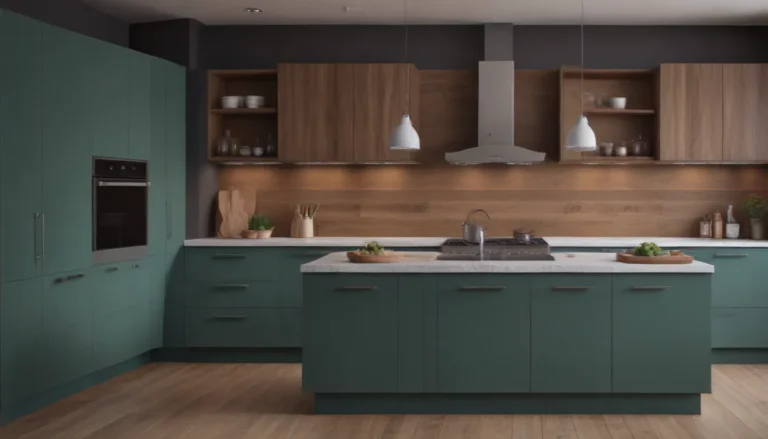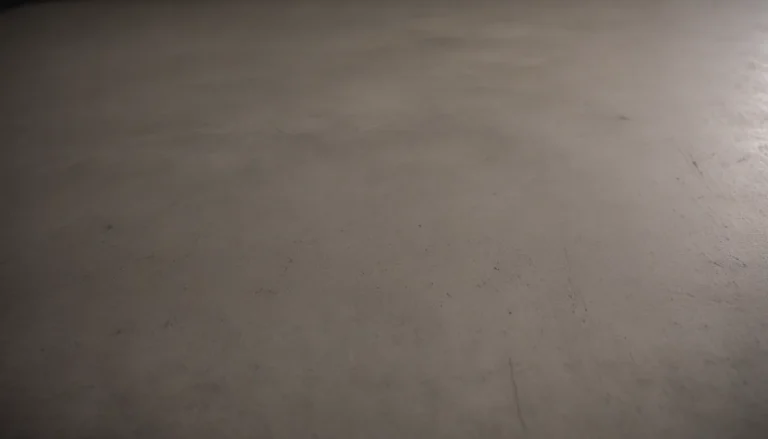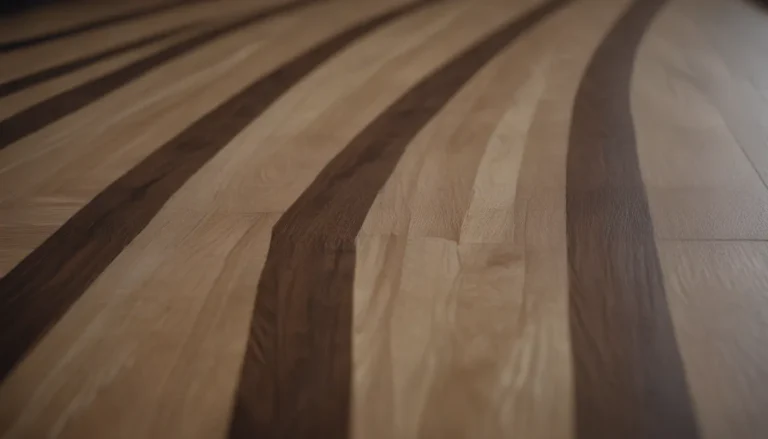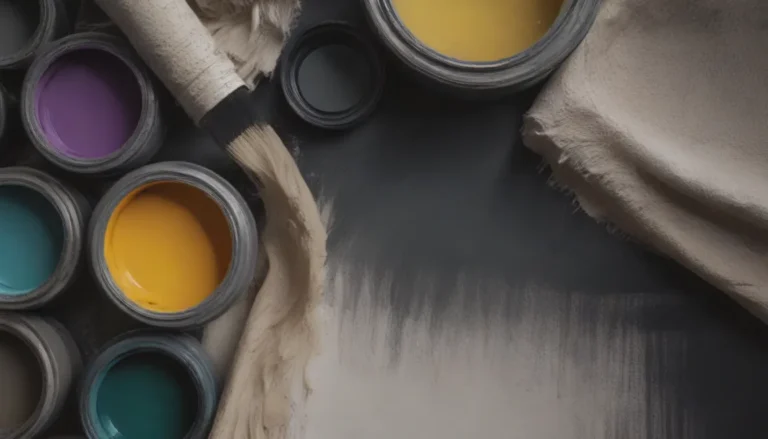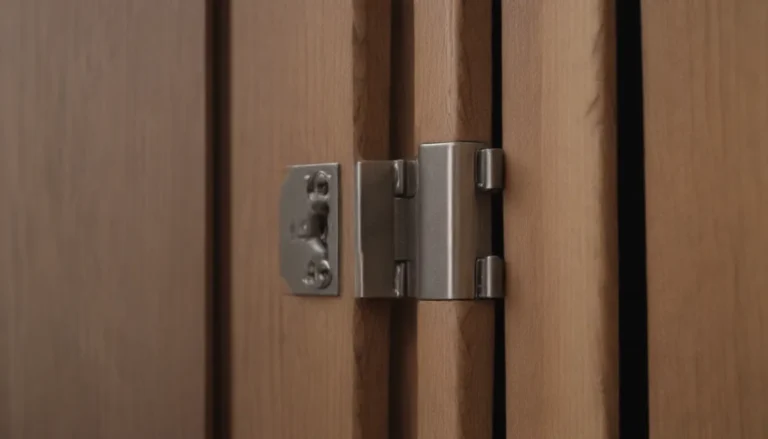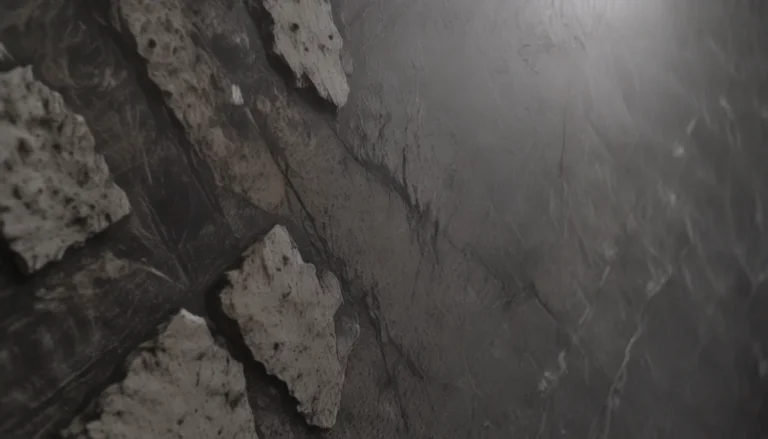How to Choose the Right Sandpaper Grit for Your Project
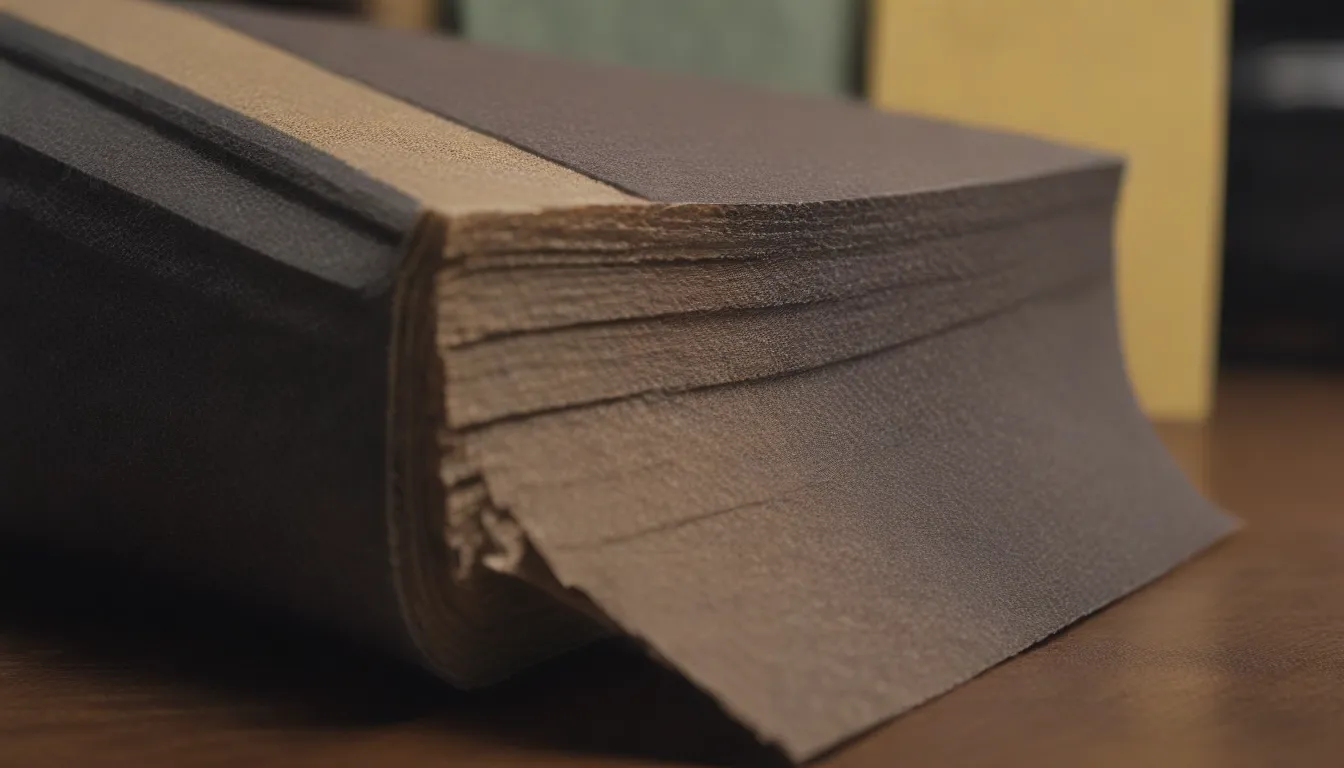
Sandpaper is a handy tool to have for various home repair activities, especially when working with wood or metal surfaces. Whether you are preparing a surface for painting or finishing, choosing the right sandpaper grit is crucial for achieving the desired results. In this comprehensive guide, we will explore the world of sandpaper grit and help you navigate through the different categories to make an informed decision.
Understanding Sandpaper Grit
Before delving into the specifics of sandpaper grit, it’s essential to understand what it actually is. Sandpaper grit is categorized based on the coarseness of the paper, which is determined by the size of the abrasive particles used. The higher the grit number, the finer the paper, while lower numbers represent coarser grits. For example, #24- or #40-grit sandpaper is very coarse, ideal for removing a lot of material quickly, while #1,000-grit paper is extremely fine with small abrasive particles, perfect for achieving a smooth finish.
Key Takeaway:
- Grit numbers range from #24 to #1,000, indicating the coarseness or fineness of the sandpaper.
- The grit number refers to the number of holes per square inch in the screens used during the sandpaper’s manufacturing process.
How Sandpaper Grit Works
The coarseness of sandpaper plays a significant role in how it interacts with the material you are working on. Coarser grits, such as #60-#80, are great for rapid material removal and shaping edges, while finer grits, like #180-#220, are ideal for achieving a smooth finish. Finding the right balance between coarse and fine grits is essential to avoid overworking the surface or damaging the details of your project.
Pro Tip: Start with a coarse grit to remove material quickly, then progress to finer grits for a smooth finish.
Types of Sandpaper Grit Ranges
While there are numerous sandpaper grit options available, most projects can be accomplished using the following grit ranges:
#60–#80 Grit: Coarse
- Ideal for removing old paint and shaping edges quickly.
- Use caution on veneer plywood to prevent sanding through the thin face layers.
#100–#150 Grit: Medium
- Versatile grit for most applications, suitable for bare wood surfaces.
- Provides a textured surface for paint adhesion.
#180–#220 Grit: Fine
- Used for second or third sandings to achieve a smooth finish.
- Avoid sanding bare wood that will be stained with grit higher than #220.
#320 Grit: Ultra-Fine
- Provides a high level of smoothness, perfect for smoothing painted surfaces.
- Often used for wet sanding to create a fine, gritty slurry.
Remember: Choose the grit range based on the level of material removal or finish you desire.
Cost and Availability of Sandpaper
Sandpaper is a cost-effective tool that comes in various sizes and quantities to suit different project needs. You can find sandpaper in multi-packs with different grits or single-grade packs, ranging from $2 to $25 or more. Whether you prefer full sheets or smaller pads, there are options available for every budget.
Choosing the Right Sandpaper Grit for Your Project
When selecting sandpaper for your project, consider the following factors:
– The application: Whether you need to remove a lot of material or achieve a smooth finish.
– Type of surface: Different surfaces may require specific grit ranges for optimal results.
– Desired finish: Determine if you want a smooth, polished, or textured surface before choosing the grit.
Tip: Inspect the condition of your sandpaper regularly and replace it when it shows signs of wear and tear to ensure optimal performance.
Where to Buy Sandpaper
Sandpaper is readily available in numerous retail outlets, including home improvement stores, hardware stores, supercenters, and online retailers. You can find sandpaper in various grit categories, from fine to coarse, to meet your specific project requirements. Before making a purchase, ensure you know the level of grit needed for your project to achieve the best results.
In conclusion, choosing the right sandpaper grit is crucial for the success of your project. By understanding the differences between various grit ranges and their applications, you can achieve professional results with ease. Remember to start with a coarse grit for material removal and progress to finer grits for a smooth finish. Happy sanding!
